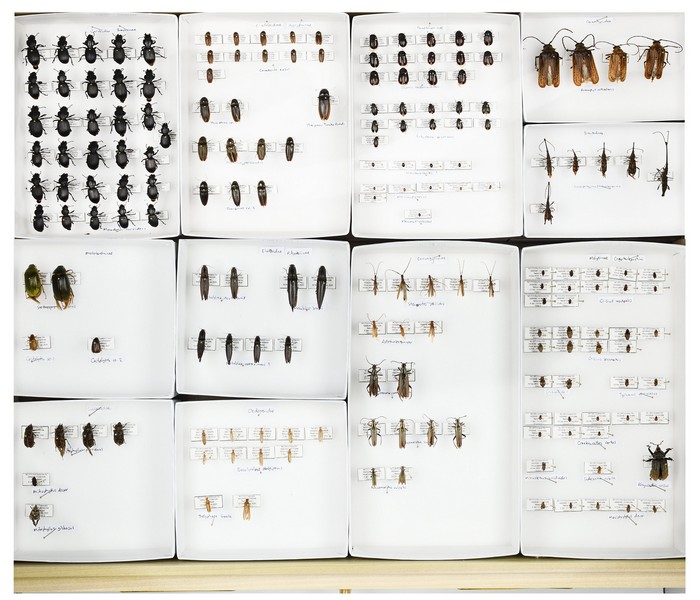Trialling insect traps at the Port of Tauranga

Scion scientists have trialled a selection of insect traps to increase detection of invasive species before they can establish in New Zealand.
A team led by Dr Carl Wardhaugh trialled eight types of surveillance traps at New Zealand’s Port of Tauranga to determine optimal trap types to sample a broad spectrum of the insect fauna. These traps captured flying and crawling insects using chemical lures, attractive lights, and passive methods that trap insects inflight or while crawling. The insect catch data and effectiveness of the various traps will inform the design of surveillance programmes at seaports and other high-risk points of insect entry.
Insect sampling was undertaken during four one-week-long periods over the course of a year (Feb, May, Sep, Dec) to assess seasonal differences in the activity and diversity of insect species.
Findings
In total, the eight trap types caught over 250,000 invertebrates including over 46,000 beetles and happily, no new-to- New Zealand species were observed among the 211 species identified. UV-light traps collected the largest proportion of beetle species (~84 percent) and were complemented by pitfall traps that collected ground fauna, especially ants. A small number of light traps operating for a relatively short amount of time could potentially sample the vast majority of species resident in a given area.

Next steps
Given the large volume of invertebrates collected, manually identifying species for potential insect incursions presents a significant challenge. Traps with cameras and image recognising machine learning software are currently under testing and could help to overcome this hurdle.
Another promising avenue is the use of eDNA that will allow for the mass sequencing of samples. Both approaches are limited to existing data (imagery and genetic sequences), however, both are rapidly evolving fields. With further development, both approaches have the potential to allow for the rapid identification of new exotic species.
Conclusion
Project leader Dr Carl Wardhaugh explains, “Our work has shown that light traps are excellent tools for broad spectrum surveillance of insect communities at ports and other transitional facilities. By creating a network of UV-light traps, we have a chance to intercept exotic species early in the invasion process.”
“We can optimise the trap design and positioning to be near storage areas for imported goods, which will maximise the chances of intercepting newly-arrived species. And with a little more exploration of new identification tools, we’ll have a great option to bolster our biosecurity surveillance network.”
This work is part of the Biosecurity Excellence in Port Communities project, a five-year endeavour supported by Better Border Biosecurity (B3) and jointly led by Scion and AgResearch. The project is focused on two goals: to develop and implement better ways to understand, measure and influence biosecurity awareness in port communities, and understand the constraints and opportunities to better target pathway interventions, surveillance and eradication practices in and around port environments.
